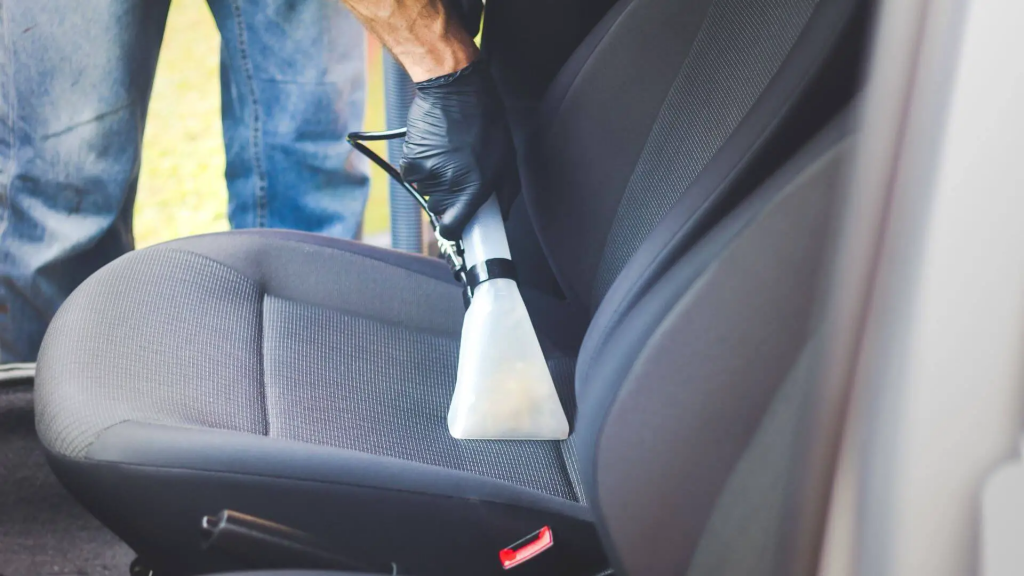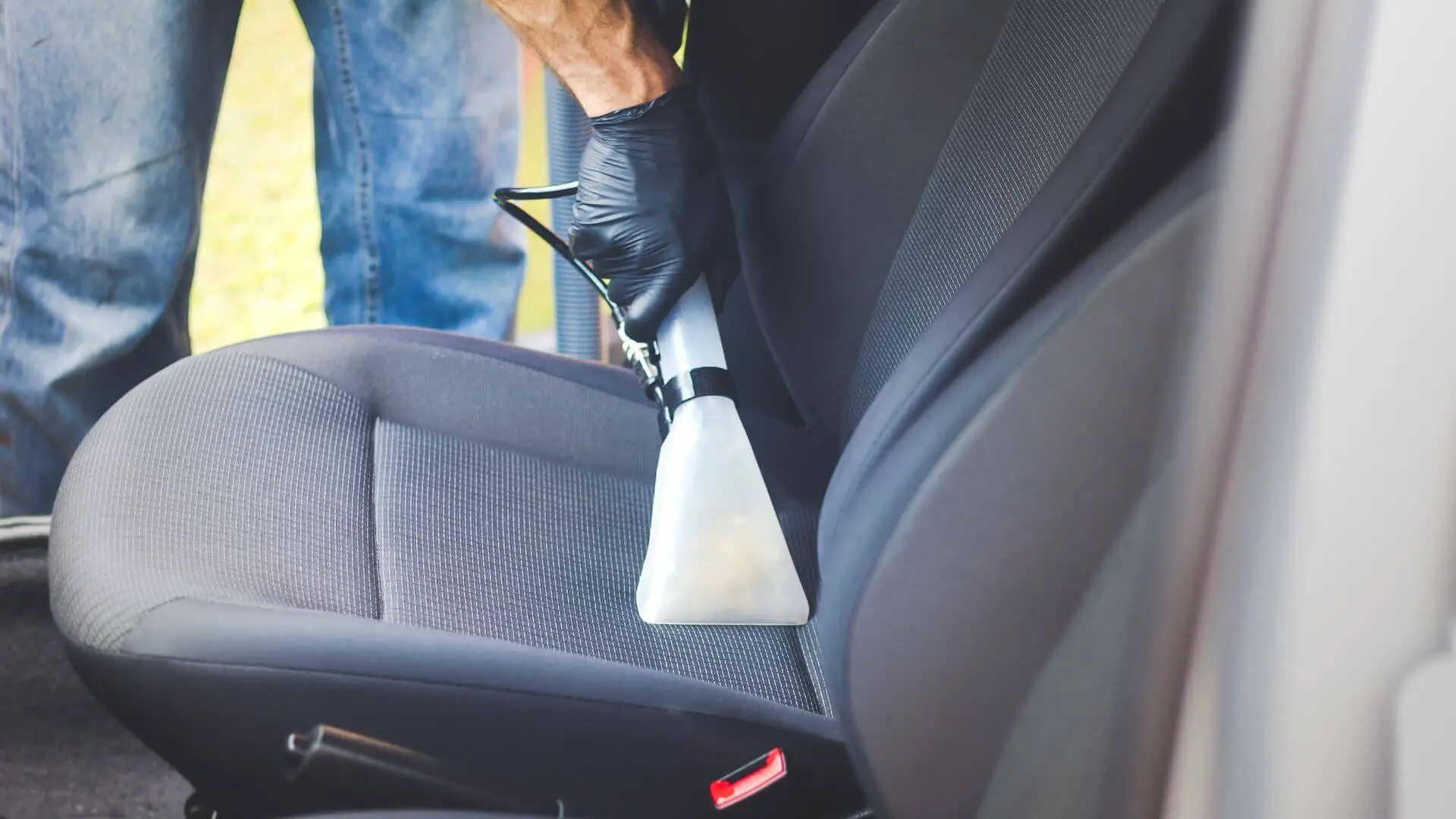
It’s a common scenario: an unexpected rain shower or a forgetful moment at the car wash results in water stains on your car seats. While it might seem like a minor issue, these stains can leave unsightly marks on both cloth and leather upholstery. Fortunately, with a few basic ingredients and a bit of patience, you can effectively clean up water stains from your car seats. In this guide, we’ll provide expert tips on how to tackle this task.
Essential Tools
There are various methods to remove water stains, and you might need some or all of the following tools:
- Vacuum cleaner
- Water
- Vinegar
- Microfiber cleaning cloths
- Upholstery brush
- Leather cleaner or rug shampoo, depending on the type of upholstery
Act Swiftly
As with any type of stain, the key is to take action promptly. Kristiana Laugen, a home expert at Handy, emphasizes the importance of quick intervention: “The longer these stains sit in the upholstery, they’ll continue to set and become harder to remove.”
Before addressing the stain itself, ensure that you don’t exacerbate the situation. Remember the golden rule: blot, don’t rub. Rubbing the stain can push it deeper into the fabric, making it more challenging to eliminate.
This paper presents a comprehensive approach to effectively clean and maintain automotive upholstery. The process involves several key steps to ensure optimal results and preservation of the upholstery’s integrity. Experts recommend initiating the cleaning process by meticulously vacuuming the car seat, thereby eliminating minute, abrasive debris that may impede subsequent cleaning phases.
Furthermore, experts emphasize the significance of judiciously selecting cleaning agents. Richard Reina, a maintenance specialist at CarID, advises an incremental approach, beginning with milder products before resorting to stronger alternatives in cases of obstinate stains. However, he strongly cautions against the use of harsh solvents such as acetone, kerosene, and alcohol-based cleaners, as they can potentially compromise the upholstery’s quality.
Addressing darker stains, a preliminary step involves delicately applying a small amount of white vinegar onto the affected area using a clean microfiber cloth. This technique, endorsed by Laugen, serves as a preliminary treatment, with the vinegar allowed to sit for approximately five minutes before being gently blotted and followed by subsequent shampooing. For fabric car seats, a solution comprising one gallon of water, one cup of vinegar, and a small quantity of dish soap is recommended. Notably, these pre-treatment strategies are suitable for fabric upholstery and not intended for leather surfaces.
Subsequently, the upholstery should undergo a thorough shampooing process. Melissa Homer, Chief Cleaning Officer at MaidPro, advocates for the utilization of specific products during this phase. In cases of leather or pleather seats, she highlights the efficacy of the Lexol line of cleaners and conditioners. Homer’s preferred method involves the application of the cleaner via a microfiber towel, which facilitates the removal of dirt and water marks. The excess product is then wiped off, followed by a brief drying period before applying the conditioner. For fabric upholstery, Woolite Upholstery & Carpet Foam is her recommended choice, owing to its foam-based formulation that optimizes product usage and minimizes the risk of oversaturation. This choice of detergent is regarded as gentle, safe for colors, and non-damaging to fabrics. The cleaning process concludes with blotting using a microfiber cloth, ensuring a pristine finish.
Reina suggests employing an upholstery brush for more robust fabrics, particularly targeting tenacious stains within crevices. However, caution is advised to prevent excessive abrasion.
As a precautionary measure, post-cleaning preparation and protection are essential. Waterproofing and fabric guard sprays are available options, as highlighted by Reina. It is imperative to verify the compatibility of the chosen product with the upholstery materials, preferably by conducting a patch test in an inconspicuous area. Additionally, proper leather conditioning should not be overlooked to maintain the material’s suppleness and appearance.
In conclusion, the outlined approach provides a systematic and effective methodology for cleaning and maintaining automotive upholstery. Adherence to these steps ensures not only immediate cleanliness but also the preservation of the upholstery’s quality and longevity.
